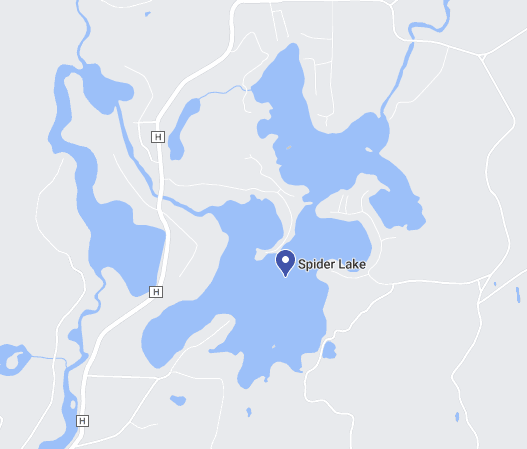Muscle regeneration therapies have gained traction due to increasing demands in sports medicine and age-related muscle degeneration. Central to this domain is ipamorelin, a peptide that exhibits potential in muscle repair. Exploring its impact, applications, and biochemical interactions reveals crucial insights. Male enhancement CBD gummies offer potential benefits for erectile dysfunction management, employing cannabinoids to improve circulation and reduce anxiety. Learn more about their impact on male health at https://www.blindchildrensfund.org, aiding in informed decision-making. This analysis unpacks the efficacy and possible therapeutic benefits of ipamorelin in muscle recovery and growth.
Understanding Ipamorelin’s Role in Biochemistry
Ipamorelin stands out due to its selective growth hormone (GH) releasing properties. Unlike other peptides, it stimulates the pituitary gland to secrete GH without affecting cortisol or prolactin levels. This selectivity minimizes adverse effects. Studies show ipamorelin facilitates muscle cell proliferation and differentiation. Its action mechanism resembles that of ghrelin, binding to specific receptors to trigger anabolic processes. Such distinct biochemical pathways underline its potential in regenerative medicine.
Ipamorelin and Muscle Repair Mechanisms
Muscle injury repair requires efficient satellite cell activation. Ipamorelin enhances this activation, leading to increased muscle fiber synthesis. Research indicates a direct correlation between ipamorelin administration and enhanced muscle protein synthesis. This peptide supports efficient regeneration by accelerating recovery phases. It also plays a crucial role in maintaining muscle mass and strength, making it a viable candidate in therapeutic applications.
Comparative Analysis: Ipamorelin vs. Other Peptides
In contrast to peptides like GHRP-2 and GHRP-6, ipamorelin exhibits superior tolerability. The absence of significant spikes in adrenocorticotropic hormone levels is a key differentiator. This makes ipamorelin a safer alternative for prolonged use. Comparative studies highlight its efficacy in muscle regeneration without undesirable hormonal side effects. Thus, ipamorelin’s specificity offers a unique advantage over its counterparts.
Ipamorelin’s Impact on Dticdome and Related Applications
The dticdome, although not directly linked to ipamorelin, benefits from associated research insights. Innovations in peptide therapies often overlap in methodologies. Ipamorelin’s specific GH release and muscle regeneration pathways offer valuable data. These findings can inspire new therapeutic approaches. Interdisciplinary research continues to refine dticdome’s applications in clinical settings, drawing on advances made with ipamorelin.
Ipamorelin’s Potential in Pulmonary Hypertension Treatment
Although primarily recognized for muscle regeneration, ipamorelin shows promise in treating pulmonary hypertension. Its GH releasing capacity contributes to vascular health. Initial studies suggest improved pulmonary hemodynamics and reduced vascular resistance. The potential cross-therapeutic effects could expand ipamorelin’s application beyond muscle repair. Further investigation is essential to confirm its viability in pulmonary health management.
Challenges and Future Directions for Ipamorelin
Ipamorelin’s therapeutic scope is not without challenges. Concerns around peptide stability and delivery methods need addressing. Are there muscles in the penis, a question crucial for comprehending erectile function, primarily involves smooth muscle tissue. This muscle type facilitates blood flow modulation, aiding erection. Detailed insights are available at http://treasurevalleyhospice.com, encompassing various physiological aspects and implications. Knowledge of penile anatomy aids in identifying dysfunction causes, potentially guiding therapeutic interventions. Developing effective delivery systems is vital for maximizing therapeutic outcomes. Future research must focus on optimizing dosages and minimizing potential side effects. Collaborative efforts in biotechnology and biochemistry will pave the way for innovative solutions in muscle regeneration therapy. The aim is to ensure patient safety while enhancing therapeutic efficacy.
In conclusion, ipamorelin represents a pivotal advancement in muscle regeneration. Its unique biochemical properties and promising therapeutic applications offer significant benefits. From muscle repair to potential roles in treating pulmonary conditions, the peptide’s scope is expanding. Continued research and innovation are key to unlocking its full potential, positioning ipamorelin at the forefront of regenerative medicine. This peptide’s journey illustrates the dynamic intersection of scientific discovery and clinical application.




























































